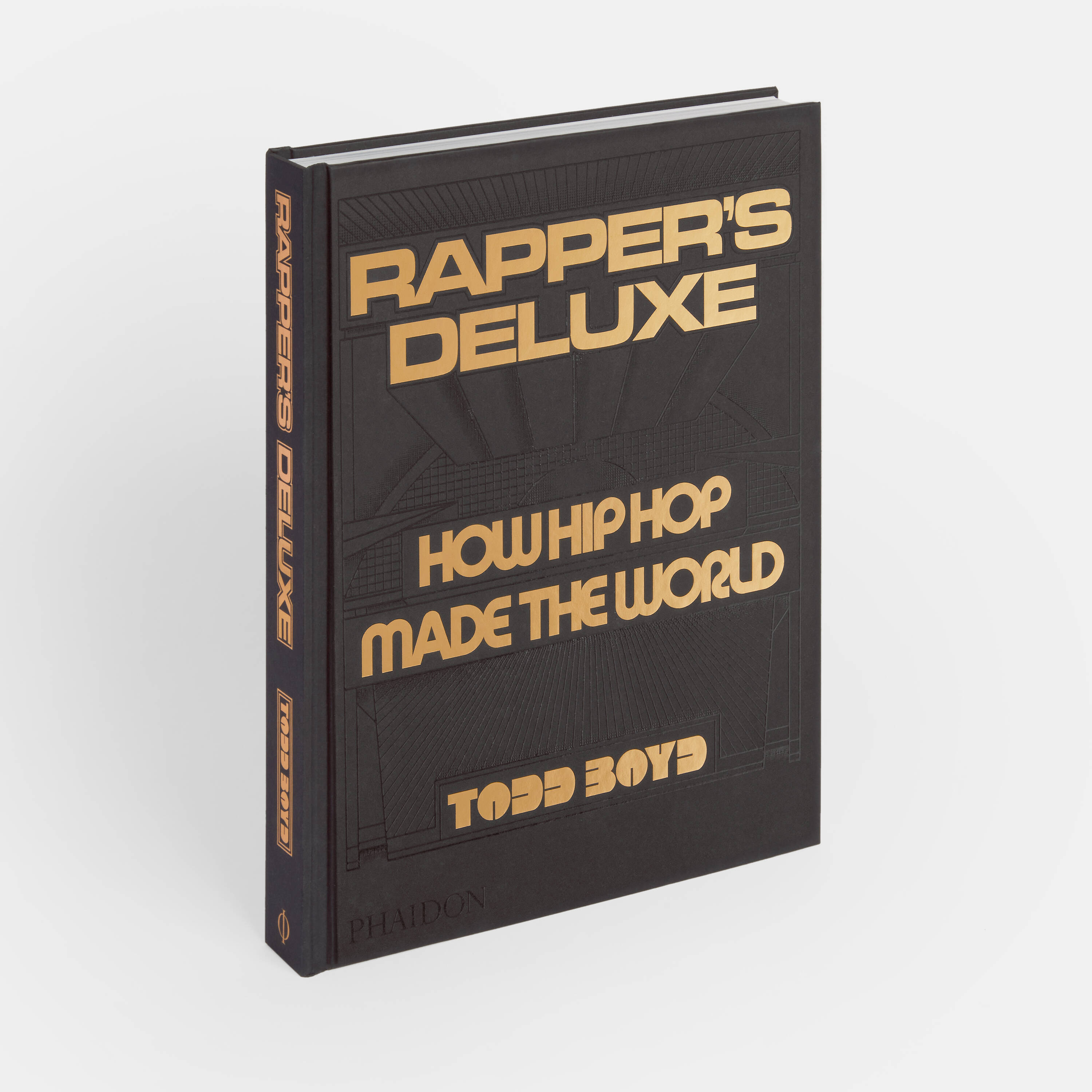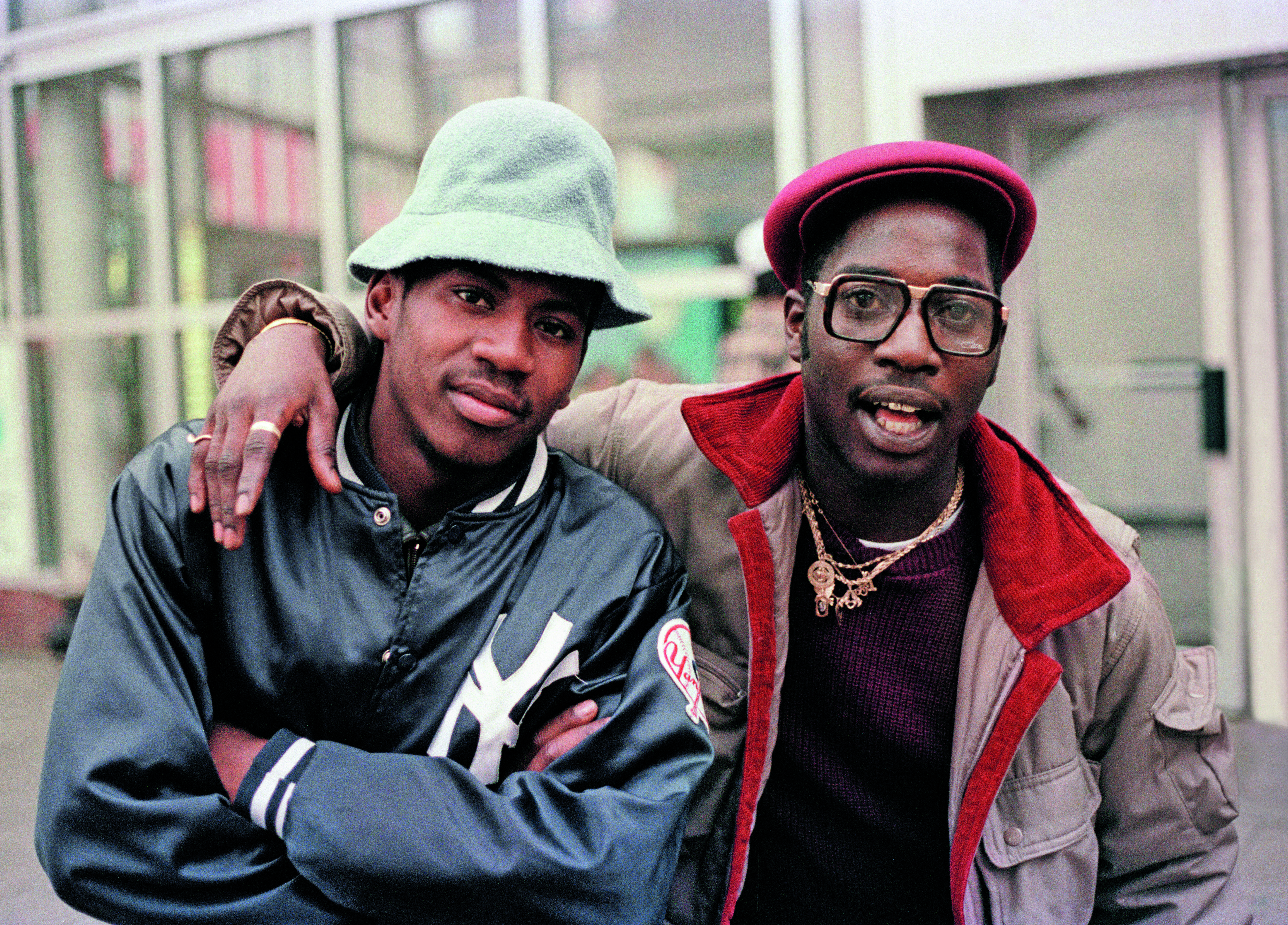
Rapper's Deluxe tells the story of hip hop in a way that’s never been done before
Our new book traces the cultural movement from its humble underground origins through to its influence on the worlds of art, fashion, film, media, and more
Our new book Rappers Deluxe is the story of hip hop as you’ve never experienced it before - making connections through the culture, across the culture, and way, way beyond.
Assembled and written by Todd Boyd, Price Chair for the Study of Race and Popular Culture and Professor of Cinema and Media Studies at the University of Southern California, the book is a visual and cultural history that charts hIp hop’s rise from humble origins to a movement of powerful influence.
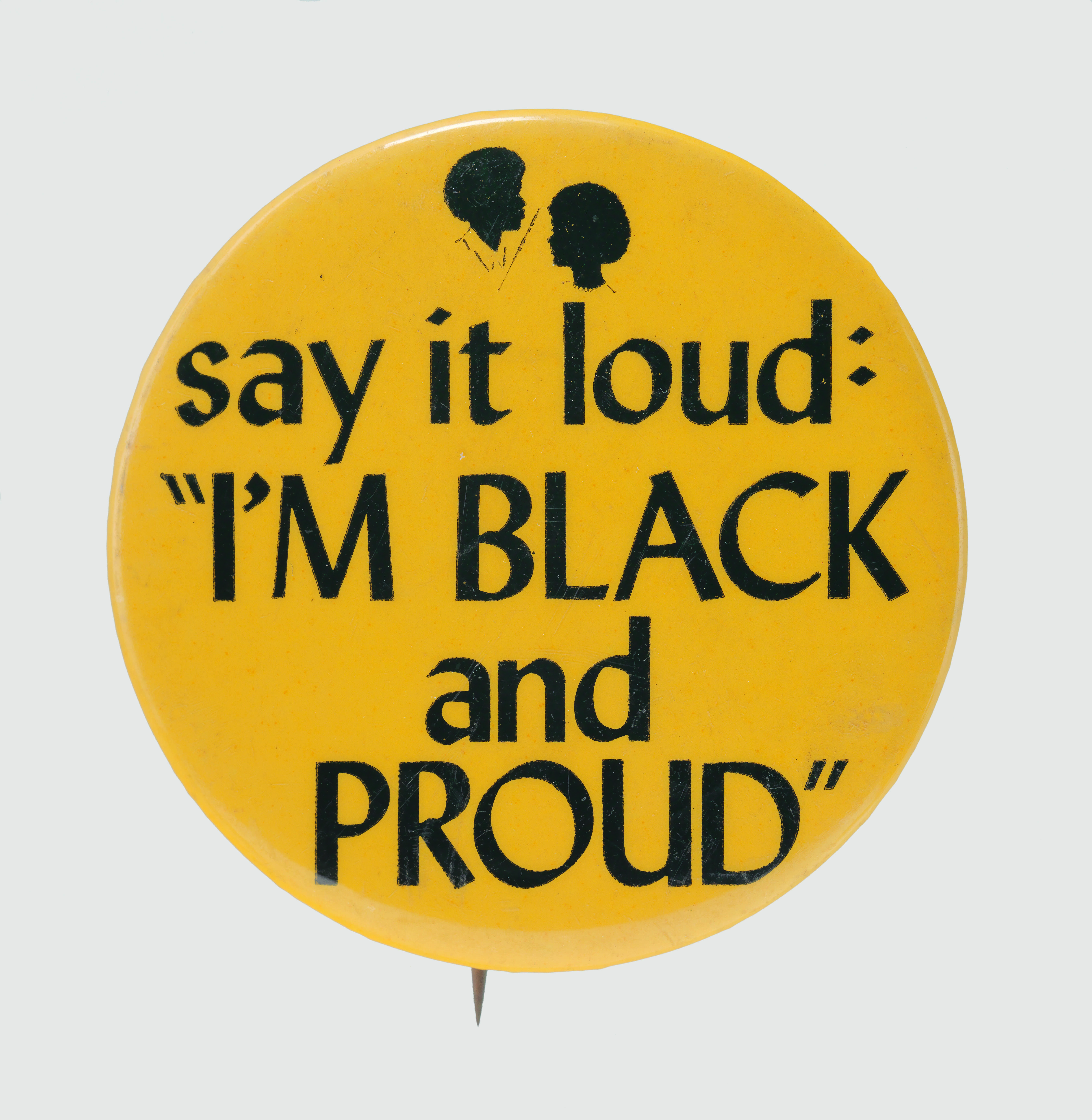 “Say it Loud: I’m Black and Proud,” pinback button, c.1969. Picture credit: Collection of the Smithsonian National Museum of African American History and Culture, gift of T. Rasul Murray
“Say it Loud: I’m Black and Proud,” pinback button, c.1969. Picture credit: Collection of the Smithsonian National Museum of African American History and Culture, gift of T. Rasul Murray
As Boyd, who appeared in the Michael Jordan docuseries Last Dance and the Ken Burns-directed Muhammed Ali, writes in the introduction, “Rap is what you do, hip hop is what you are.”
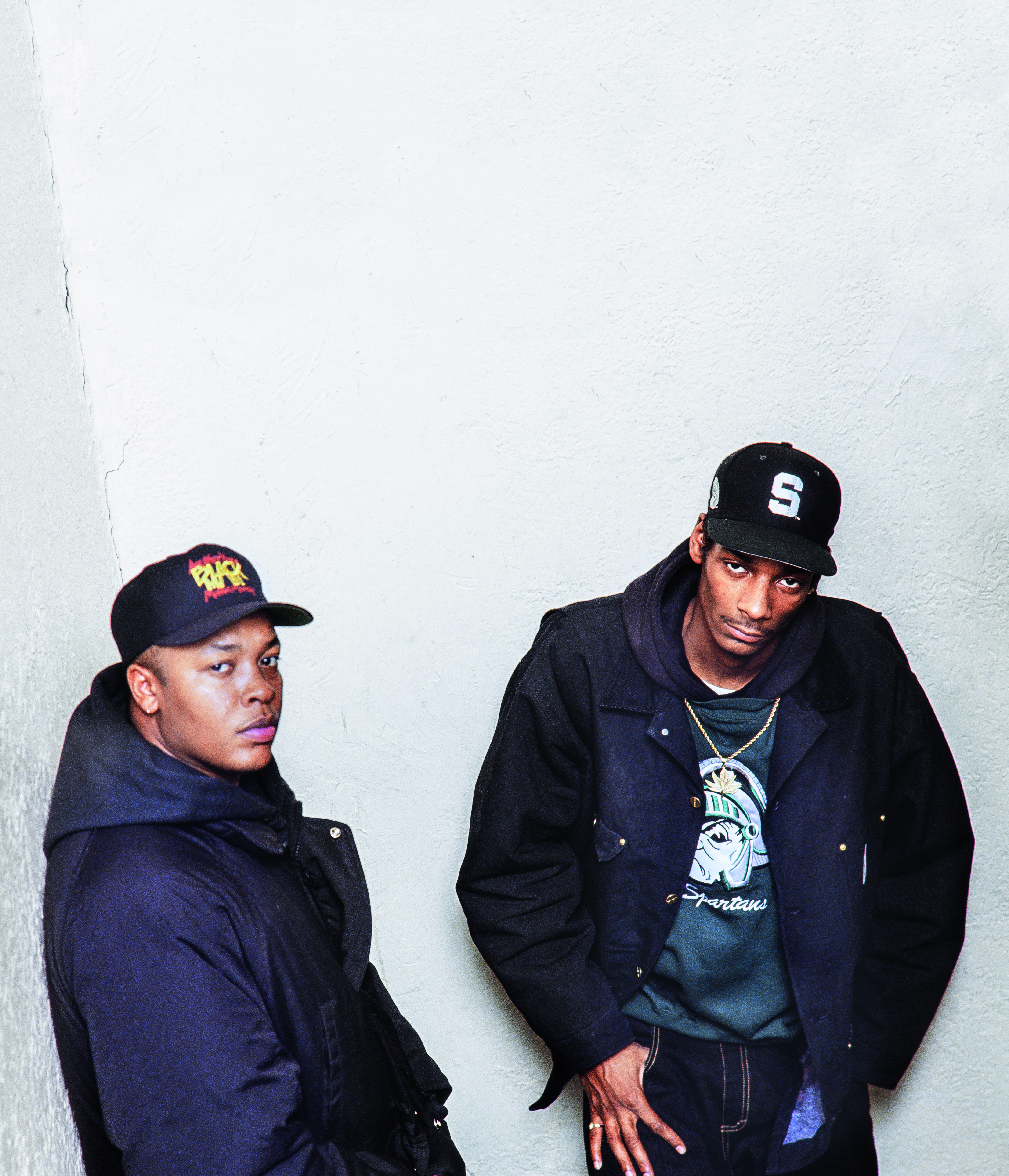 Dr. Dre and Snoop Dogg, New York City, NY, 1993, photographer Michael Benabib. Picture credit: Michael Benabib
Dr. Dre and Snoop Dogg, New York City, NY, 1993, photographer Michael Benabib. Picture credit: Michael Benabib
Hip hop has fostered and fed American culture – creating a new one that expertly merges Black culture and urban street life with the worlds of fashion, film, sports, politics, and contemporary art. And although its underground, DIY beginnings belied the impact it would go on to have, to tell the story of contemporary American culture is to tell the story of hip hop.
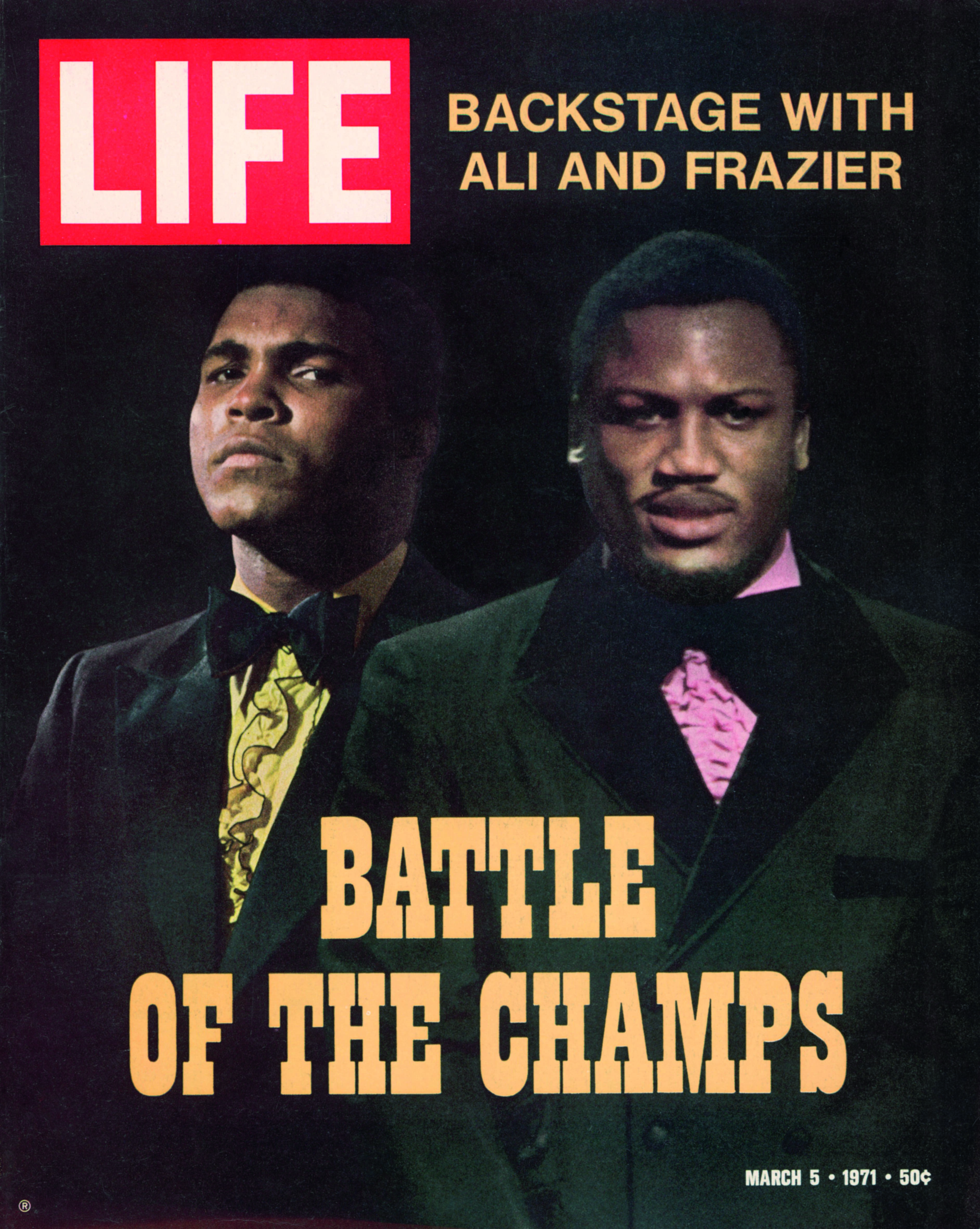 “Battle of the Champs,” Muhammad Ali and Joe Frazier on the cover of LIFE, March 5, 1971, photographer John Shearer. Picture credit: John Shearer / The LIFE Picture Collection / Shutterstock
“Battle of the Champs,” Muhammad Ali and Joe Frazier on the cover of LIFE, March 5, 1971, photographer John Shearer. Picture credit: John Shearer / The LIFE Picture Collection / Shutterstock
Organized chronologically over five decades, with each chapter devoted to a decade - from the 1970s to the present - Rapper’s Deluxe is rich with imagery—photographs are mixed with artworks and adverts; book, magazine, and album covers; film stills, posters, and more.
The book’s layouts reflect the cultural cross pollination crucial to appreciating hip hop’s roots and its vast reach.
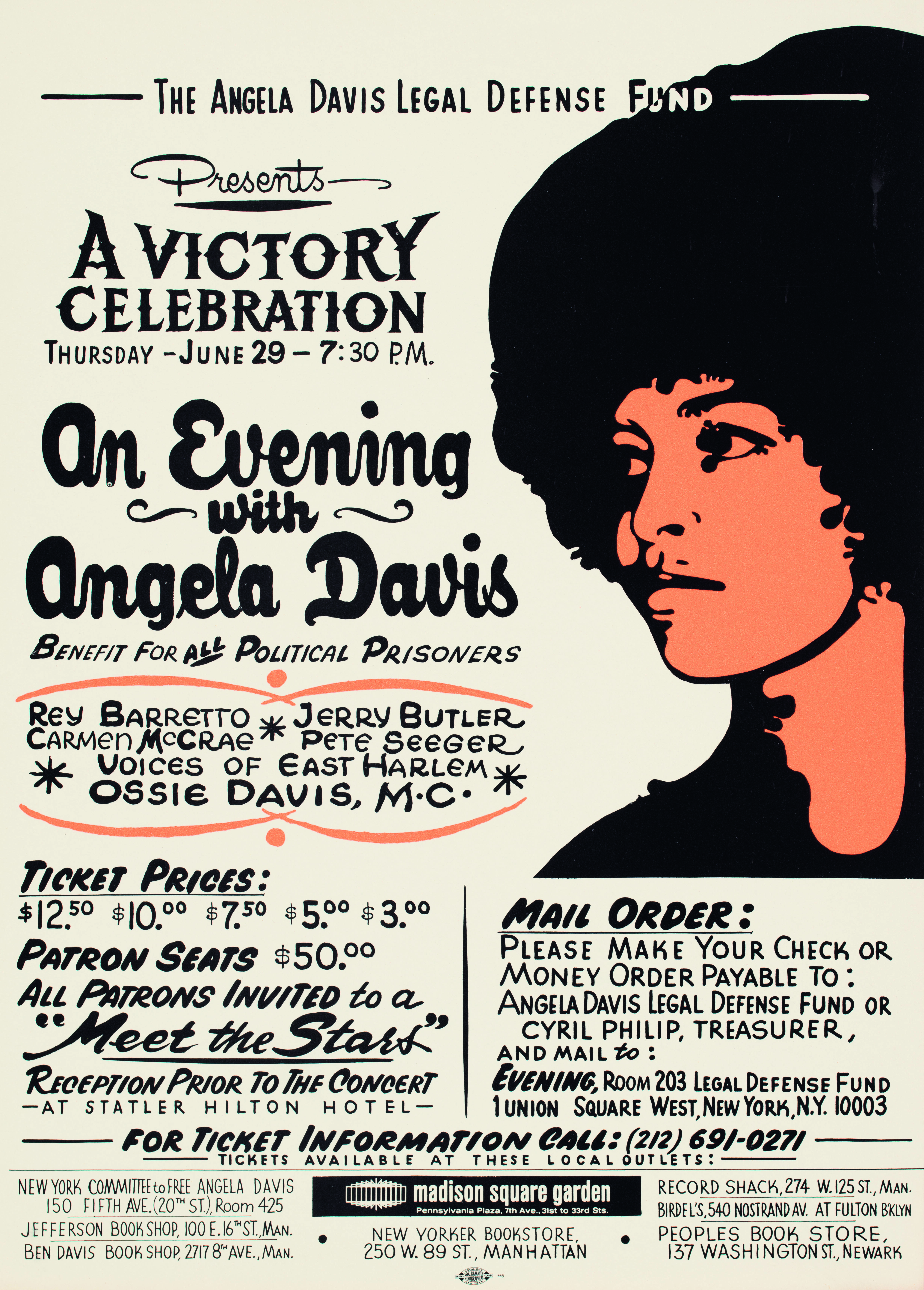 Flyer advertising “An Evening with Angela Davis,” a celebratory benefit event following Davis’s release from prison, New York City, NY, June 29, 1972. Picture credit: Collection of the Smithsonian National Museum of African American History and Culture
Flyer advertising “An Evening with Angela Davis,” a celebratory benefit event following Davis’s release from prison, New York City, NY, June 29, 1972. Picture credit: Collection of the Smithsonian National Museum of African American History and Culture
The front cover features an intricate graphic illustration that borrows from the xeroxed flyers produced for hip hop’s first parties in the 70s and 80s. Inside, there are tipped-in inserts that recall the DIY aesthetic of hip hop’s early years.
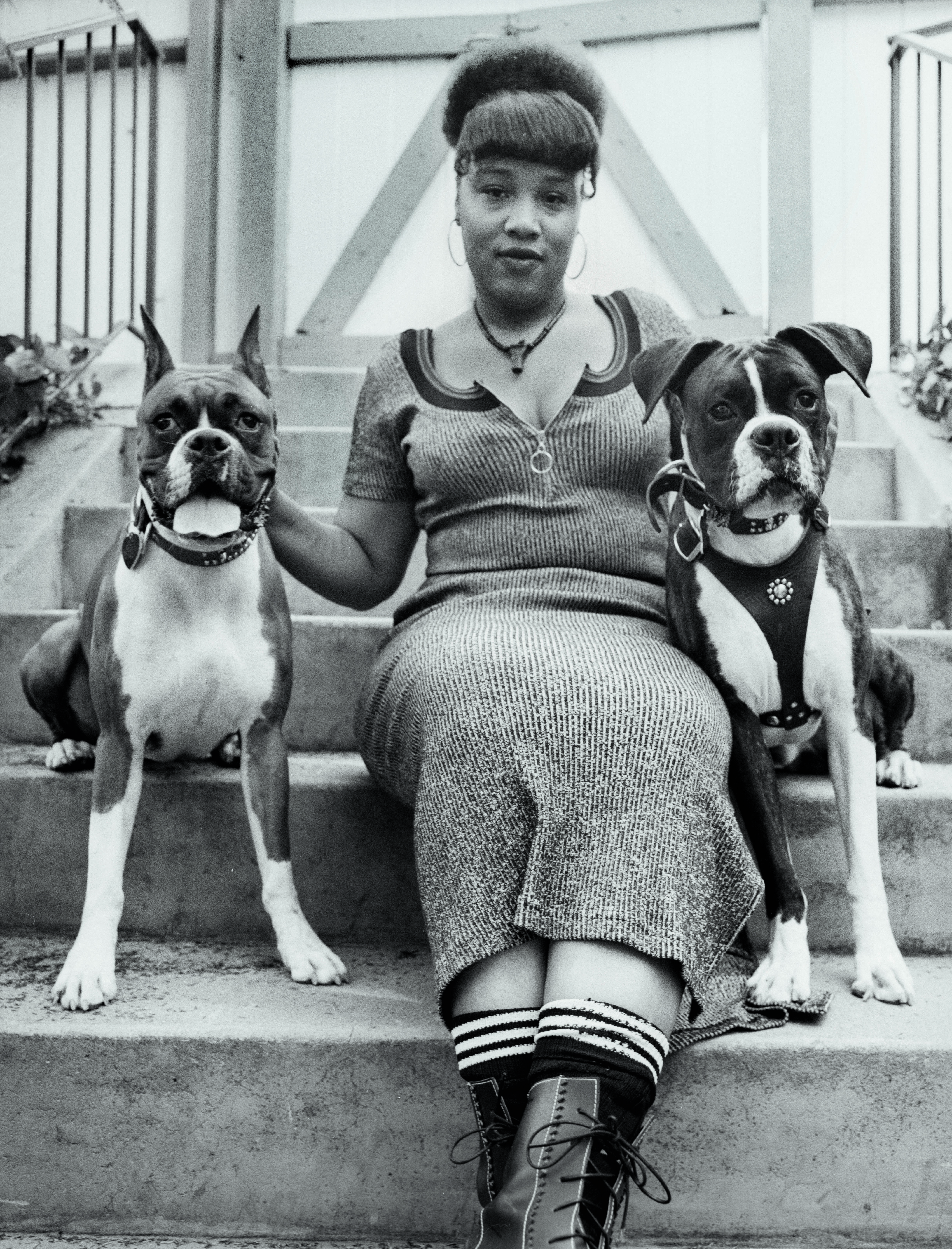 Lady of Rage with her dogs, Goldie and Max, Elysian Park, Los Angeles, CA, 1994, photographer B+. Picture credit: B+ for Mochilla
Lady of Rage with her dogs, Goldie and Max, Elysian Park, Los Angeles, CA, 1994, photographer B+. Picture credit: B+ for Mochilla
The breadth of its cultural reference points is astounding. Of course, hip hop’s generally acknowledged key protagonists are all featured, among them: Dr. Dre and Snoop Dogg, OutKast, Jay-Z, Missy Elliott, Queen Latifah, Foxy Brown, and Kendrick Lamar; but their influence is nestled historically alongside that of a cast of more diverse characters, to name just a few: boxer Muhammad Ali - a skilled wordsmith who riled his opponents with lyrical takedowns and the model for bold, beautiful, and Black masculinity; Jean-Michel Basquiat - a remix master of sorts who brought anti-establishment graffiti from the city streets to the canvases of a white art world; and Dapper Dan, the Harlem tailor who ran a 24-hour boutique during the ‘80s, that catered to gangsters, hustlers, and later, the rappers who wanted to emulate them.
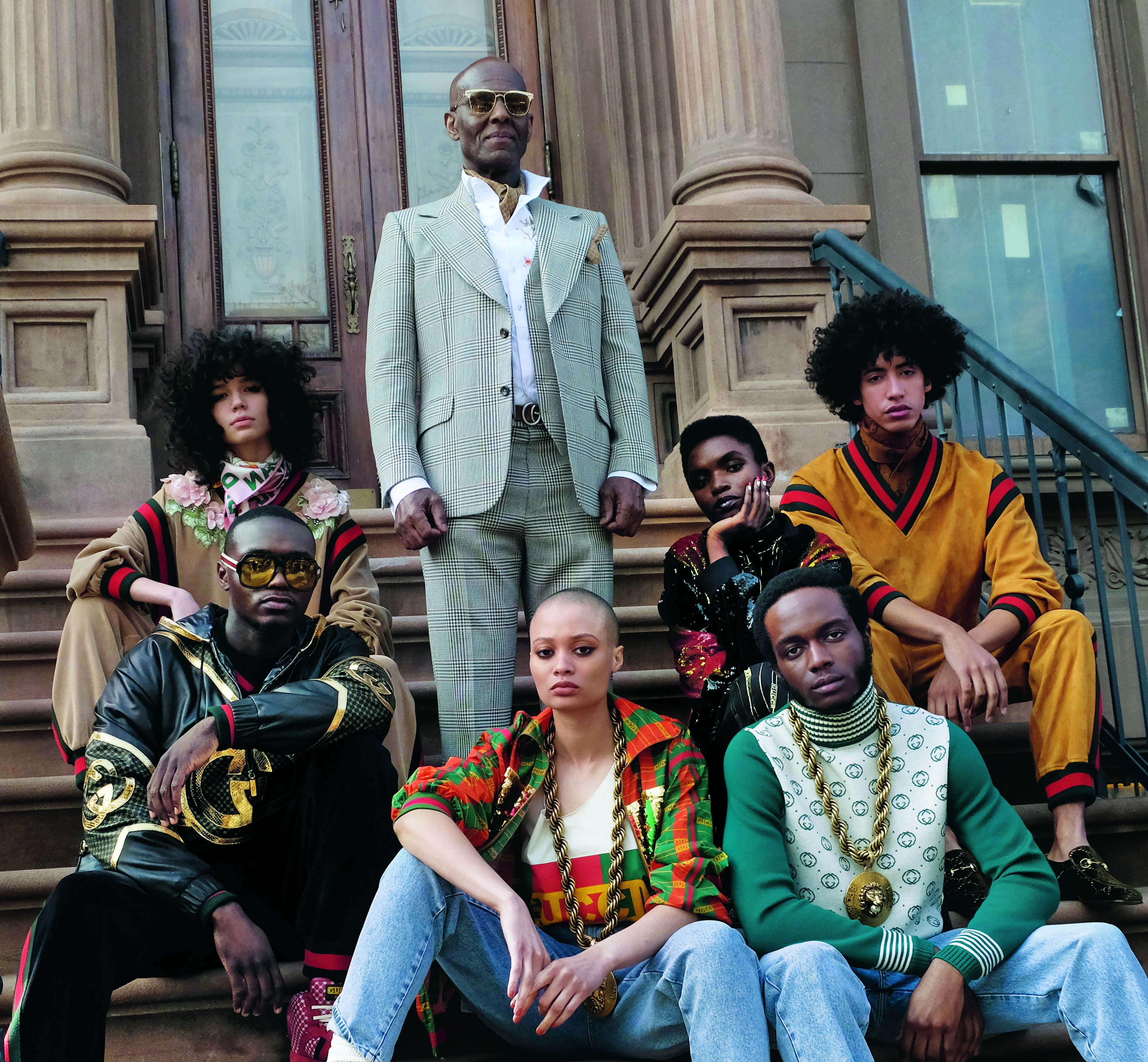 Dapper Dan with models wearing his Gucci collection on the stoop of his atelier, Harlem, New York City, NY, 2018, photographer Janette Beckman. Picture credit: Janette Beckman
Dapper Dan with models wearing his Gucci collection on the stoop of his atelier, Harlem, New York City, NY, 2018, photographer Janette Beckman. Picture credit: Janette Beckman
Of equal importance to Boyd’s telling of the hip hop story are the icons of street and culture who both inspired, and who were inspired, by hip hop: Pam Grier, the Black Panthers, Angela Davis, Iceberg Slim, Michael Jordan, Richard Pryor, Kara Walker, Virgil Abloh, and many more.
The book also tackles key events in hip hop history: the rise and proliferation of graffiti; the LA riots in the wake of the Rodney King verdicts; the murderous East and West Coast rivalries; Barrack Obama’s election; and the Black Lives Matter movement.
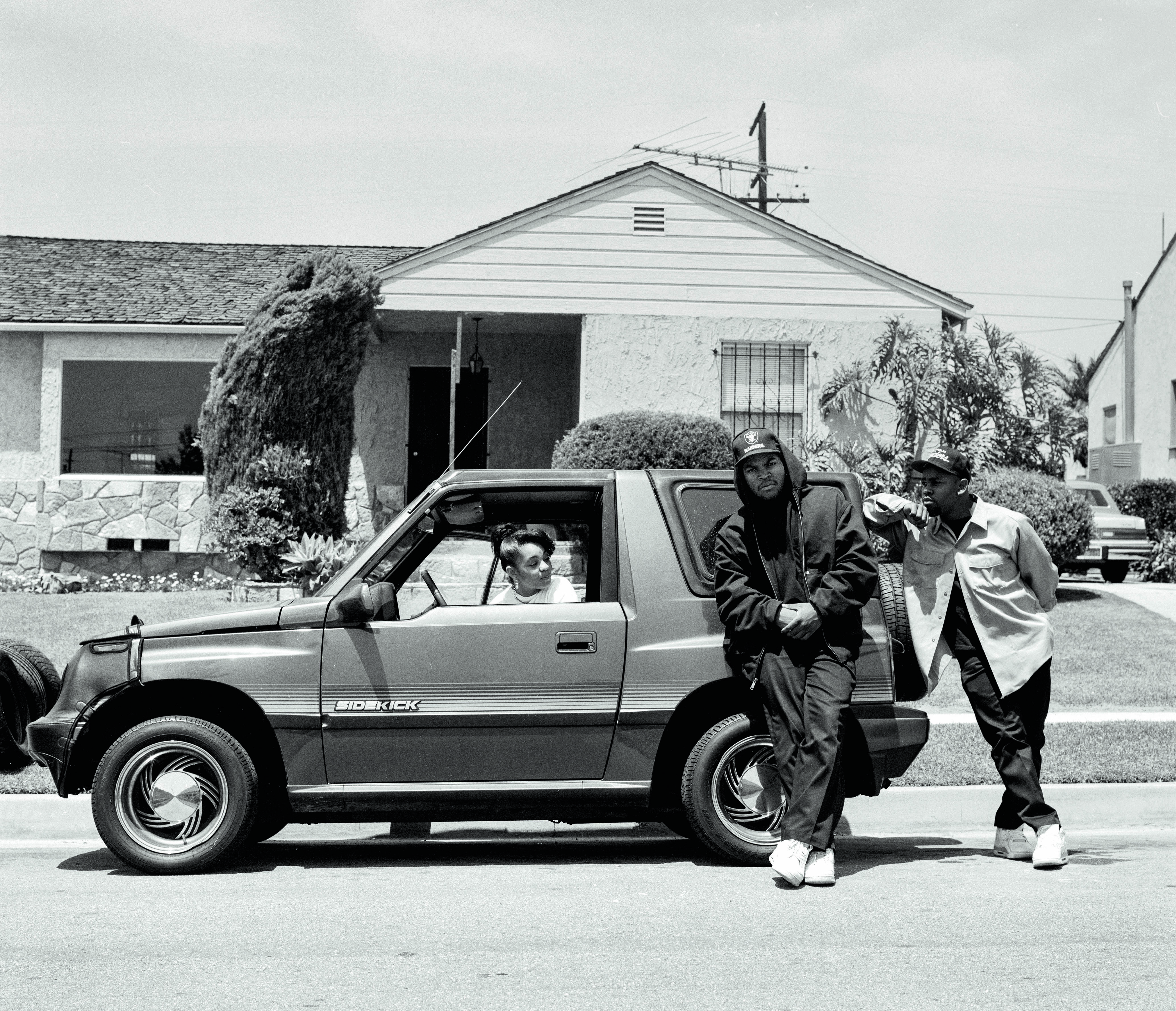 Ice Cube and friends outside of his mom’s house, Inglewood, CA, 1990, photographer Janette Beckman. Picture credit: © Janette Beckman
Ice Cube and friends outside of his mom’s house, Inglewood, CA, 1990, photographer Janette Beckman. Picture credit: © Janette Beckman
Rapper’s Deluxe is a tale of transformation, following hip hop’s arduous, but always triumphant, journey as it rose up from the concrete – as Public Enemy’s Chuck D might say – to dominate the game.
 Wyclef Jean and Lauryn Hill on the video shoot for the Fugees’ single “Vocab,” East Harlem, New York City, NY, 1993, photographer Lisa Leone.
Wyclef Jean and Lauryn Hill on the video shoot for the Fugees’ single “Vocab,” East Harlem, New York City, NY, 1993, photographer Lisa Leone.
